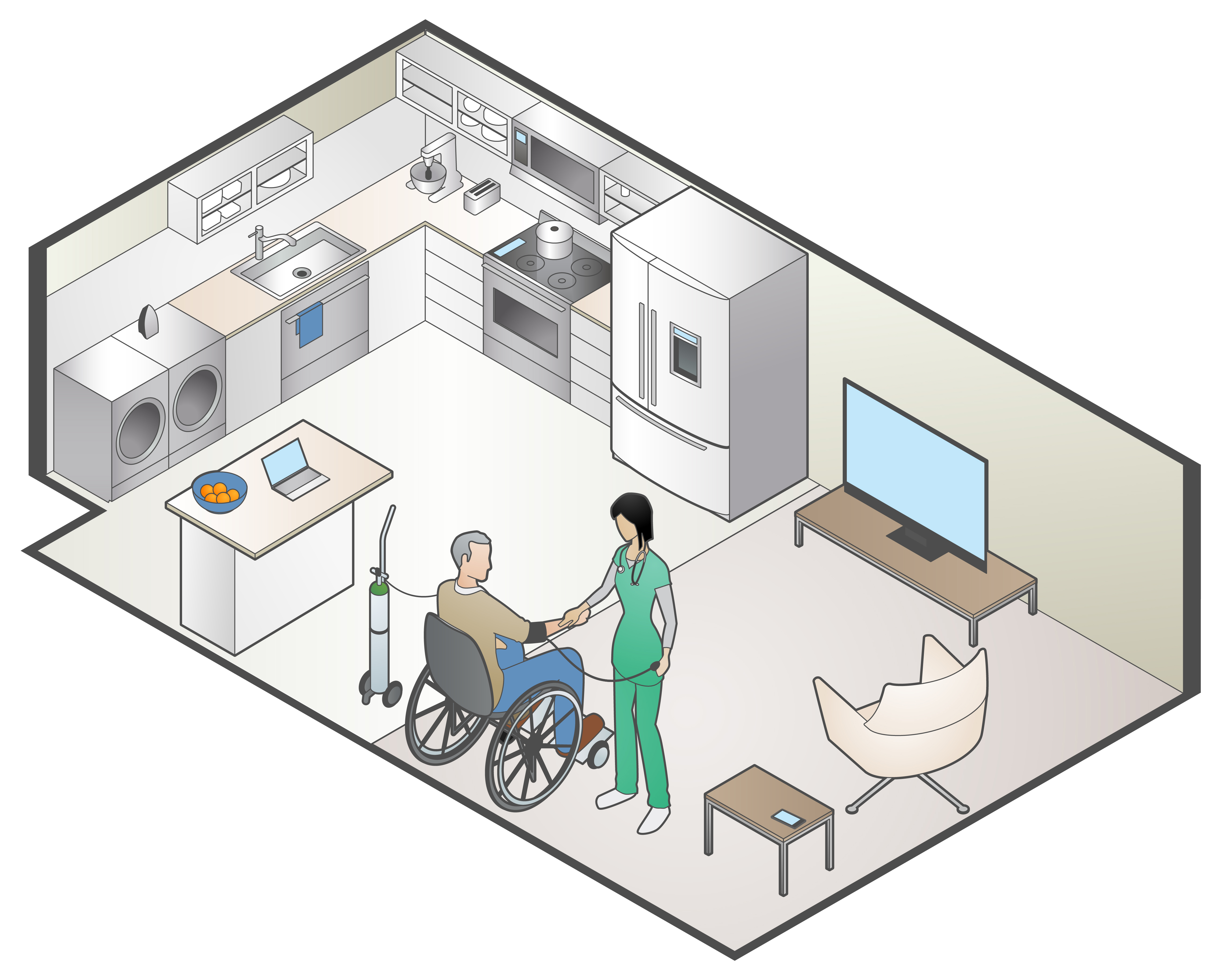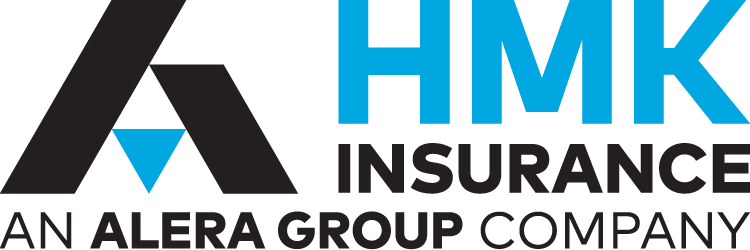 The need for home health care aids is expected to increase more than 1.3 million by 2020.
The need for home health care aids is expected to increase more than 1.3 million by 2020.
By 2020, aging Baby Boomers will make up one-third of the U.S. population and one-quarter of workers will be 55 or older. Unfortunately, with age and wisdom, also come physical ailments. America now is faced with the challenge of figuring out how to find the resources to care for 76 million senior citizens.
One solution being looked at closely is home-based care. Home-based care provides individuals the assistance they need when they want to live at home but require more health care and services than family members are able to provide. Observers say home health care is most effective when it’s used for prevention, as opposed to treating chronic disease. For instance, if someone is recovering from surgery, they might need nursing care on a short-, medium- or long-term basis. Or, they just might need help with basic tasks during the day while a family member is at work.
According to the Bureau of Labor Statistics, the number of home health agencies and personal care aides in this country will increase by more than 1.3 million by 2020. That’s a 70 percent increase from 2010.
Home-based care costs run about $30 to $100 per day. Hospital and nursing home care can run 50 times those costs. The savings are obvious and can go a long way to keeping medical and insurance costs down.
But what about the quality of care? The level of care required will determine whether you need someone with or without nursing qualifications. The more experience a home-based caregiver has, the more you’ll pay. Attempting to hire someone who is untrained may very well cost more in the long run if the provider doesn’t know how to lift or move a person properly — which could result in additional surgery or rehabilitation costs. Plus, caregivers often work in an environment not set up for health care and work largely unsupervised.
Many employees are looking for economical ways to save money while still receiving high-quality care. Here are the considerations that go into home-based care.
Levels of Care
First, determine the kind of care required.
• Medical Care – Caregiver should have medical and/or first aid training. The knowledge to provide care that includes reading and understanding vital signs; treating wounds; preventing bedsores, and managing medication is vital.
• Functional Care – Caregiver should have received training from a registered professional, although it does not have to be medical training. Helps with daily functions such as eating, bathing, lifting, dressing and toileting.
• Care – Caregiver should have knowledge of proper care techniques from a professional organization. Medical knowledge is not necessary. Tasks could include assisting with an exercise program or outings or preventing bedsores.
• Comfort and Lifestyle Services – Caregiver does not necessarily need the training to provide services such as companionship; making and taking someone to an appointment; maintaining a clean living area; planning meals; shopping; or reading. Additional Considerations If it’s decided that home-based care is a good solution be aware that there will be a transition period for everyone involved to get used to having a stranger in your home. Also, be prepared to ask the following questions before hiring a caregiver to promote the best outcome for everyone involved:
• What skillset and personality traits does the caregiver need? Ask for written proof of qualifications.
• Will insurance cover home-based care? If so, what information do they need?
• How many hours of care are needed and for how long?
• If working with an agency, will staff members receive supervision? What happens if the home-based caregiver can’t get to work?
• Are you required to sign a fixed-period contract?
For help adding a home health care benefit option to your benefits plan, please contact us.





